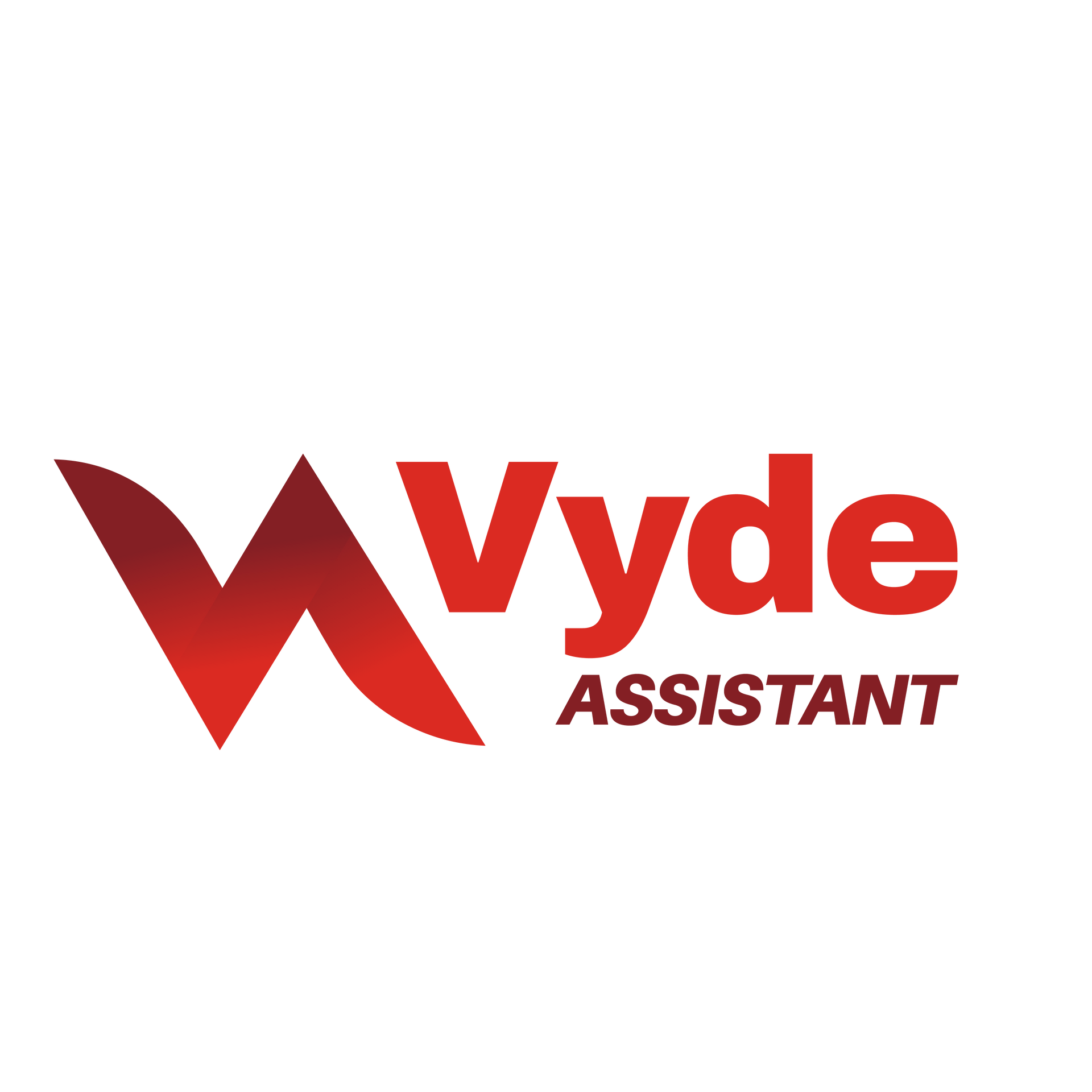Achieve Rapid Business Growth with a Virtual Assistant
Achieve Rapid Business Growth
with a Virtual Assistant

For many business owners, growth is not a straight line but a constant battle against the limitations of time and energy. The daily grind of administrative tasks, customer service, and routine operations often consumes the very hours needed for strategic planning and business development.
What if you could get it all done in just 90 days?
This isn't just about handing over your to-do list; it’s about a structured, three-phase plan designed to help you integrate a virtual assistant into your operations smoothly and effectively, leading to real, measurable growth. By systematically integrating a VA over three distinct 30-day phases, a business can transform its operational framework, reclaim valuable time, and achieve a breakthrough in scalability.
Phase 1: The First 30 Days (Laying the Foundation)
Your first month is all about a strong start. A successful VA partnership is built on clear communication and a solid onboarding process.
Week 1: Prepare and Plan
Before you hire, know exactly what you need. Create a list of all your recurring tasks and identify the ones that consume most of your time but don't directly generate revenue. This is your "delegation list."
- Define the Role: Don't just look for "a VA." Look for a specific skill set. Do you need a social media expert? An administrative wizard? Or someone who can manage your calendar and emails?
- Onboarding Checklist: Prepare for your new hire like they're a full-time employee. Create a digital "welcome packet" with an overview of your company, an organizational chart, and a clear list of expectations. Set up secure access to the tools they will need.
Week 2-4: Onboard and Delegate
Once you've hired your VA, it’s time to start with some "quick wins." These are simple, repetitive tasks that are easy to explain and provide an immediate sense of relief.
- Initial Tasks: Start with things like data entry, scheduling appointments, or organizing your email inbox. These tasks allow your VA to get a feel for your workflow without high-stakes pressure.
- Establish Communication: Set up regular check-ins. A daily or weekly 15-minute call on platforms like Slack or Zoom can prevent miscommunication and build a strong working relationship. Use a project management tool like Trello or Asana to assign tasks and track progress.
Phase 2: The Next 30 Days (Building Momentum)
You’ve built the trust and laid the groundwork. Now it's time to increase your VA's responsibilities and make them an integral part of your team.
- Optimize Communication: Move beyond basic delegation and start sharing context. Instead of just saying "post on social media," explain your brand voice and a specific campaign's goals. This context allows your VA to become a proactive partner rather than just a task-doer.
- Introduce Project Management: Delegate small, self-contained projects. This could be researching new software, creating a list of potential clients, or organizing a customer database. This step tests their initiative and problem-solving skills, preparing them for more complex tasks.
- Provide Feedback: Be specific and constructive. If you like a report they created, tell them why. If something needs to be changed, explain the reason behind the adjustment. Consistent feedback builds confidence and improves performance.
Phase 3: The Final 30 Days (Achieving Autonomy and Scaling)
By the end of this phase, your VA should be operating with a high degree of autonomy. This is where you unlock the true power of delegation and start to see significant returns.
- Delegate High-Value Tasks: Your VA is now ready for more strategic responsibilities. This is where the scaling happens.
- Content Management: Have them manage your blog schedule, draft newsletters, or conduct research for new articles.
- Marketing Support: Let them assist with email marketing campaigns, manage your social media accounts, and track key metrics.
- Customer Service: Empower them to handle customer inquiries, manage your helpdesk, and improve client satisfaction.
- Leverage Their Skills: Pay attention to what your VA excels at and lean into it. If they’re a natural at organization, have them build out your company's standard operating procedures (SOPs). If they are a great writer, have them take over your company's blog.
Common Pitfalls to Avoid
Even with a plan, mistakes happen. Be mindful of these common issues:
- Poor Delegation: Vague instructions lead to wasted time and frustration. Be explicit about what you need and why you need it.
- Micromanagement: Hiring a VA is about saving time, not spending it monitoring every task. Trust the process and let them work.
- Lack of Training: You can’t expect a VA to be a mind reader. Invest a little time in training at the beginning to save a lot of time later.
Essential Tools for Success
You don't need a massive tech stack to succeed. Here are some of the most effective tools:
- Communication: Slack, Zoom, Microsoft Teams
- Project Management: Asana, Trello, Monday.com
- Time Tracking: Toggl Track, TimeCamp
- File Sharing: Google Drive, Dropbox
By following this 90-day plan, you can successfully integrate a virtual assistant into your business, move from manager to visionary, and finally start scaling your business with intention.











